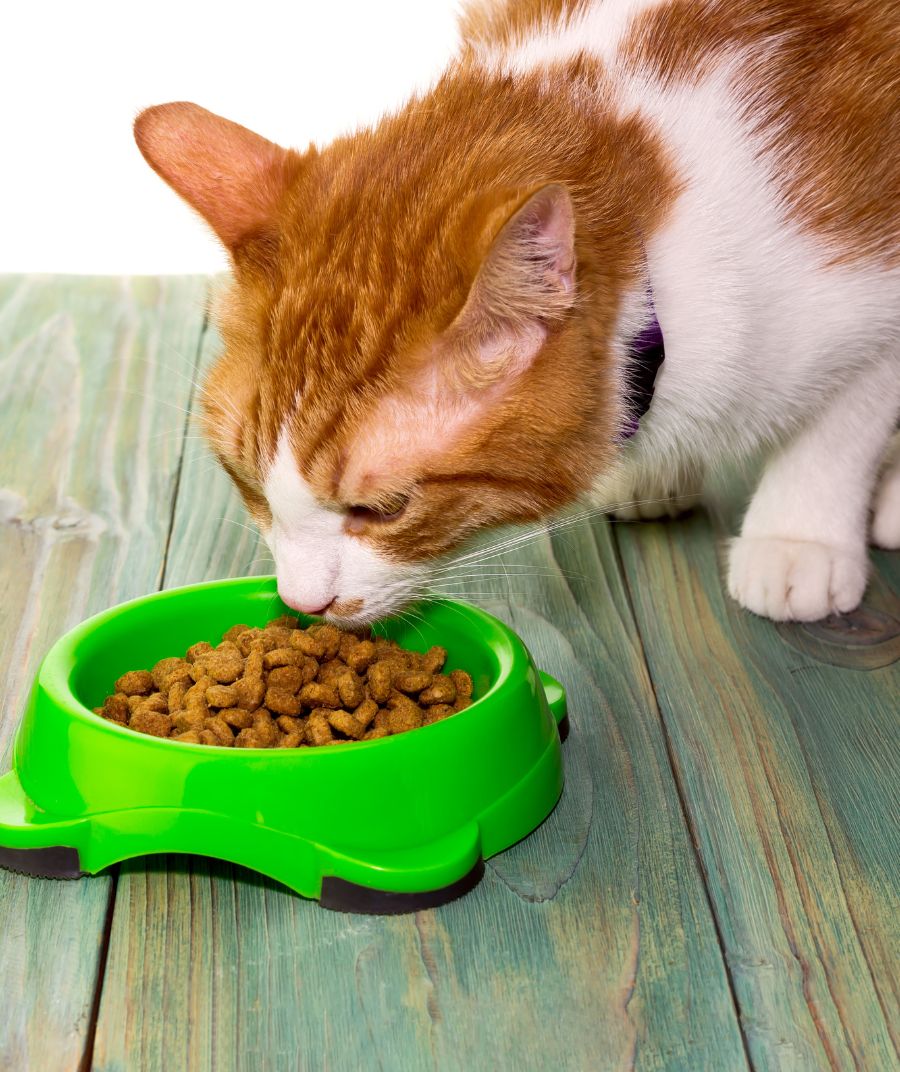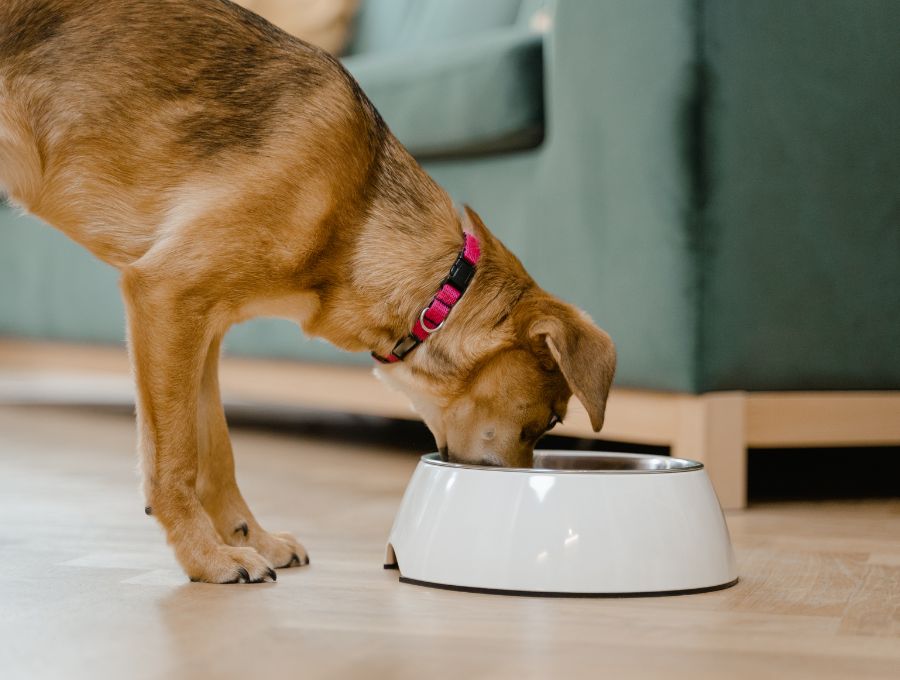Veterinary Topics
Pet Diabetes
Alpine Animal Clinic can diagnose and treat each type of diabetes and give your pet the very best care for diabetes. If your pet is a diabetic… relax. You’ve come to the right place.

Diabetes
There are two main types of diabetes.
The most common form of diabetes, Diabetes Mellitus, is the inability to regulate blood glucose, or sugar, in the bloodstream after eating a meal.
Diabetes Insipidus is a rare form of diabetes that does not involve blood sugar or insulin. It is the inability to regulate water within the body caused by a lack of a hormone.
A few simple tests performed quickly right here at Alpine Animal Clinic can determine if your pet is developing diabetes and which type by taking a blood and urine sample.
Diabetes Mellitus usually requires insulin and special prescription food to control blood sugar (glucose). Diabetes Insipidus is controlled by desmopressin, a simple drop of medication in the eye that replaces the lacking hormone.

Food can be the MOST IMPORTANT FACTOR in controlling diabetes. Your Alpine Animal Clinic veterinarian will help you choose the correct prescription food for your diabetic pet.
A few simple tests performed quickly right here at Alpine Animal Clinic can determine if your pet is developing diabetes by taking blood and urine samples.
If your pet is a diabetic… relax. You’ve come to the right place. We can show you how to care for your dog or cat with a one-on-one demonstration by our trained staff until you’re comfortable caring for your family member. We have lots of information we can share with you to answer all your questions.
We understand how scary it can be to think about injecting your pet with vet insulin, even if the needle is tiny, and we know how confusing this condition can be. We’re here to help you and your pet. You can relax, knowing you’ve come to the right place for help.
Fortunately, most cases of diabetes are managed fairly easily with insulin and careful meal control. Insulin comes in several forms that can be tried to get the best outcome for your pet. Vetsulin Insulin is easily given with a tiny needle under the skin, and pets (and their owners) tolerate this well with practice.
Regulation of blood glucose and water balance is essential for life and health and must be managed carefully, or a diabetic patient will die. Sometimes diabetes occurs spontaneously, may be associated with obesity and certain foods and overeating, or may be triggered by a bout of pancreatitis.
Common symptoms of new-onset and developing diabetes:
- Frequent urination
- Increased volume of urine
- Increased drinking and thirst
- Frequent urinary tract infection
As diabetes progresses, you might see:
- Rapid weight loss in spite of good appetite
- Weakness, trembling, shaking
- Cloudiness in eyes or cataracts
- Seizures
- Episodes of collapse or inability to stand
- Death
How to help your diabetic dog or cat:
- Get an accurate diagnosis with blood and urine testing.
- Work with your Alpine Veterinarian right here in Helena to choose the correct insulin and syringes for your pet’s needs.
- Be careful not to use other types of insulin or syringes without asking your veterinarian first! Many types exist, and changing types can be dangerous, even life-threatening, to your pet.
- Carefully feed measured meals of prescription food and avoid giving snacks, treats, or other foods that are not prescribed by your veterinarian.
- Be sure to store insulin in the refrigerator, and do not shake the bottle. Gently roll the bottle to suspend the insulin just prior to accurately drawing up the prescribed dose.
- Give the insulin dose at the same time each day with meals. If your pet is not eating, it is time to recheck with your veterinarian to ensure that your pet is not having problems.
- If your pet is overweight, reduction of calories and weight loss can be a huge help in controlling diabetes. Be sure to plan a goal weight and timeline for your pet’s body type.
